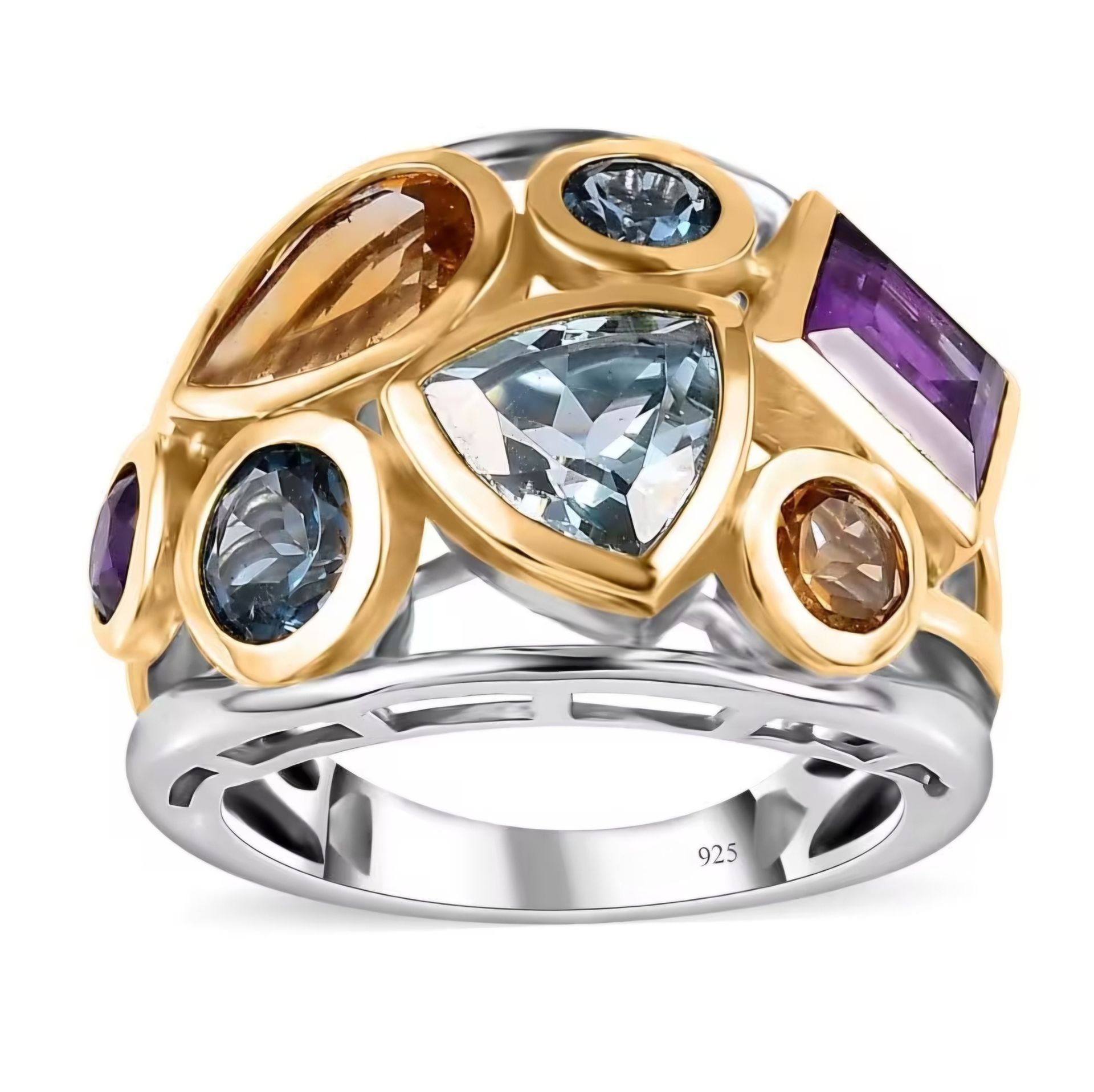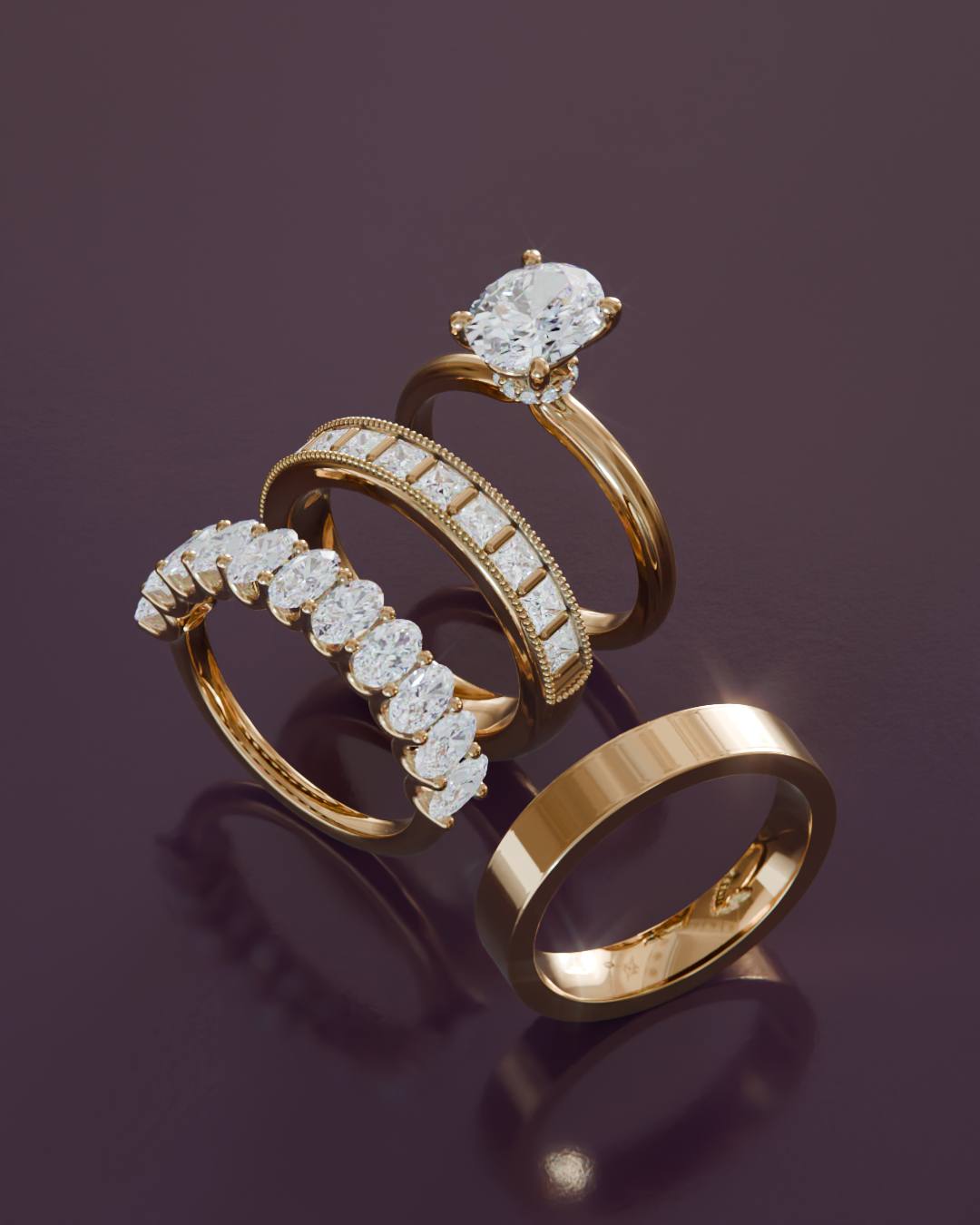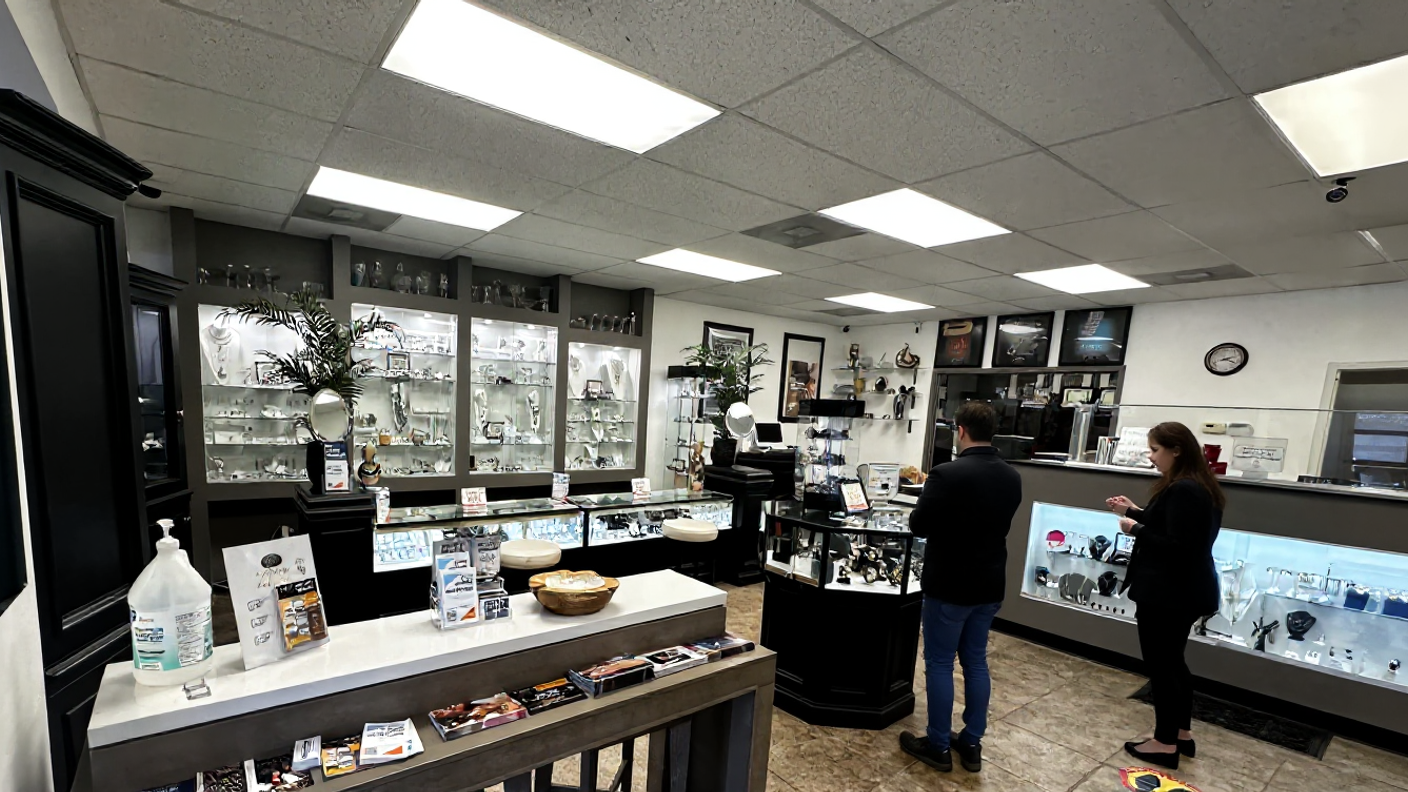St. Louis Gold Buyers and Jewelry Center
Sterling Silver vs Fine Silver

Sterling silver is a high-quality alloy primarily composed of 92.5% pure silver, with the remaining 7.5% typically made up of other metals, most commonly copper. This specific ratio is what distinguishes sterling silver from other forms of silver, such as fine silver, which is 99.9% pure. The addition of copper not only enhances the metal's strength and durability but also improves its resistance to tarnishing, making it a popular choice for jewelry, cutlery, and various decorative items. The hallmarking of sterling silver, often indicated by the number "925," serves as a guarantee of its quality and authenticity.
The history of sterling silver dates back to the 12th century in England, where it was first used for coinage. Over time, its use expanded into various forms of art and craftsmanship, leading to the creation of exquisite pieces that showcased the metal's luster and workability. Artisans have long appreciated sterling silver for its ability to be easily shaped and polished, allowing for intricate designs and detailed engravings. This versatility has made it a favored material among jewelers and silversmiths, who continue to create both traditional and contemporary pieces that appeal to a wide range of tastes.
In addition to its aesthetic appeal, sterling silver is also valued for its hypoallergenic properties, making it suitable for individuals with sensitive skin. However, it is important to note that sterling silver can tarnish over time due to exposure to air and moisture, which can lead to a dull appearance. Regular cleaning and proper storage can help maintain its shine and prevent tarnishing. Overall, sterling silver remains a timeless choice for those seeking both beauty and functionality in their metalware and jewelry.
















